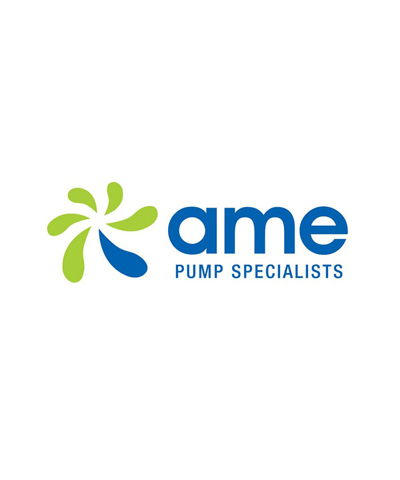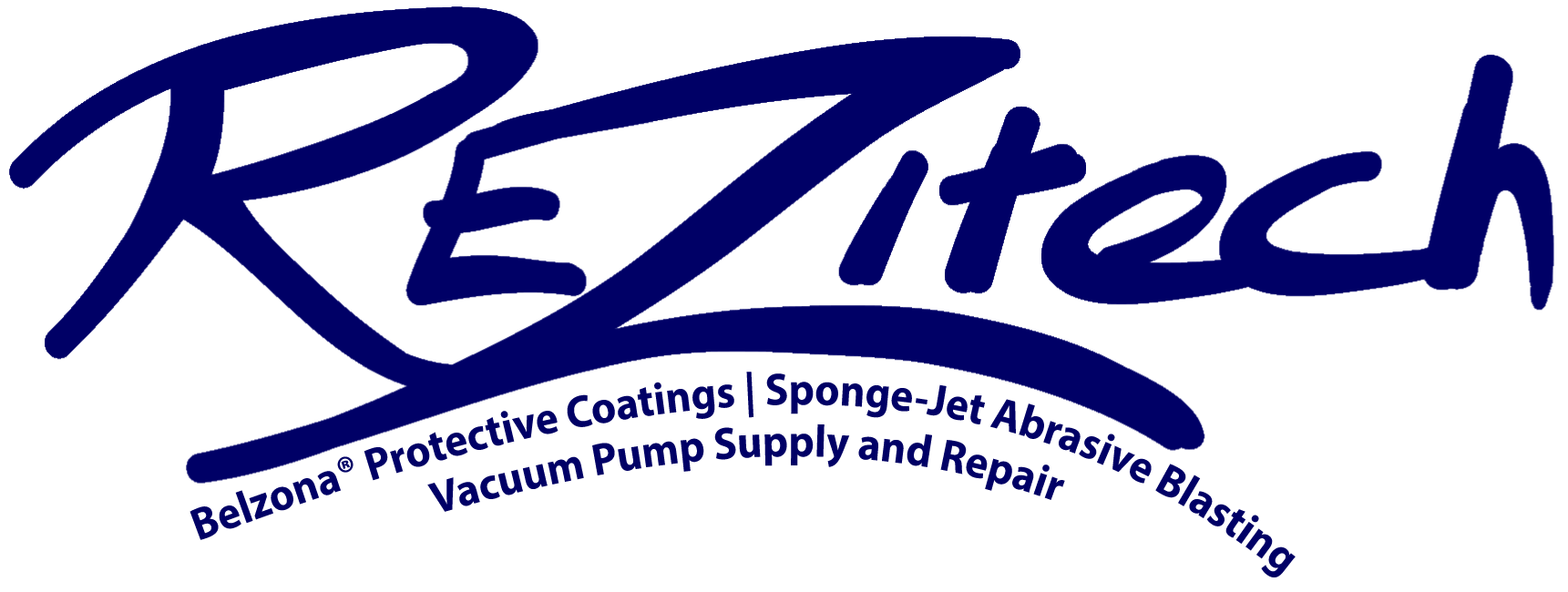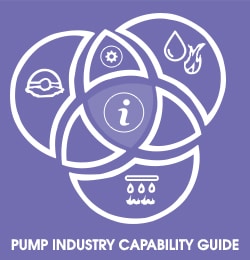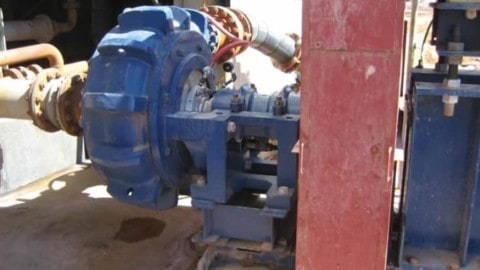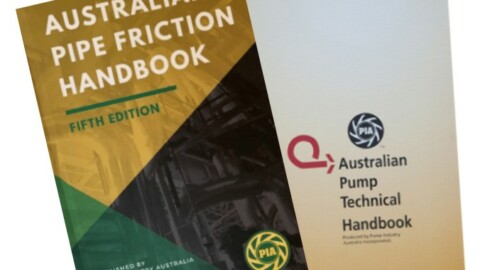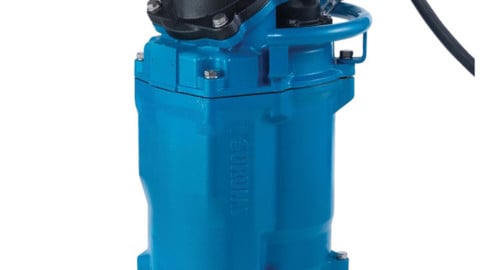The PIA’s Australian Pump Technical Handbook is a cornerstone text for the Australian pump industry and, in our opinion, a must have for anyone who deals with pumps on a regular basis. In this ongoing series, we feature abridged chapters from the classic book to showcase the various areas covered and to reacquaint readers with the technical aspects of pumps. In this issue, we continue looking at energy efficiency in pumping systems, focusing on pump-system match.
Pump-system match
One of the most important factors in achieving maximum overall system efficiency is ensuring pump capacity is matched to the system demand at any point in time so that the pump is operating at or close to its best efficiency point (BEP).
This is particularly important for rotodynamic pumps, where the pump operating point will be determined by the intersection of the pump curve with the system curve.
In a simple system, where the design flow is constant, the system head varies only a little due to minor changes in the static conditions.
Here, pump selection is straightforward and the operating point should be easy to determine. By matching this operating point to fall close to the pump’s BEP, the lowest possible losses within the pump itself can be achieved.
The only question might be whether or not the right pump for the job has been selected.
However, reference to the relationship between specific speed and pump efficiency may be able to find out the answer to this.
It is known that there are a number of operational advantages to selecting a pump that operates at or close to BEP, including:
- Low radial loads on the shaft
- Lowest losses within the pump due to hydraulic and mechanical losses
- Low vibration
- Low internal heat generation
These advantages all have a positive effect on the service life of the pump, particularly for bearing life, seal life, seal ring wear rates and clearances over time.
It is also important to understand the negative effects of operating away from pump BEP over time, including:
- Pumps operating at low flow conditions can display serious problems such as recirculation, vibration, overheating and potential component damage or failure
- Pumps operating on over-discharge can result in mechanical problems, and will require much greater Net Positive Suction Head required (NPSHR) to prevent cavitation
The question of whether or not the right pump has been selected is much harder to answer when the application requires the pump system to deal with a variety of demand conditions.
In this situation, it is important for the user to understand the range of operating conditions that the pumping equipment must accommodate.
Changes in flow conditions can be accommodated by:
- Adjusting a control valve
- Changing the size of the pump in circuit
- Operating pumps in series or parallel
- Changing the speed of operation of the pump
- Combining a number of these options
It is important for the pump supplier to be provided with an accurate profile of the individual sets of operating conditions that the user needs to accommodate, so that the optimum combination can be determined.
Having close cooperation between the end user and the pump supplier can play a significant role in achieving a ‘win-win’ outcome.
The pumping system can be adjusted to accommodate the conditions in the following conditions and ways:
- Routine low flow duties – these are often best achieved by using a small ‘jockey’ pump
- Flow demand has peaks and troughs – often best achieved by parallel pumps in circuit
- Flow demand has high variability– often best achieved by variable speed drives
The advantage of varying the speed of the pump to save power can be explained by the pump affinity laws – formulae that predict the impact of a change in rotational speed or impeller diameter on the head and flow produced by a pump and power demanded by a pump.
The formulae are as follows (for variation of speed with constant impeller diameter):
- Pump flow rate (Q) varies directly with the speed of (N) ie Q1/Q2 = N1/N2
- Pump head (H) varies with the square of the speed (N) ie H1/H2 = (N1/N2)²
- Power absorbed (P) varies with the cube of the speed (N) ie P1/P2 = P1/P2 = (N1/N2)³
While these formulae assume that efficiency remains constant, in practice, efficiency is slightly lower at reduced speeds as friction and drag constitute a large proportion of hydraulic power.
From the discussion of piping system losses in part three of these articles, friction losses in a pumping system are proportional to the square of the fluid velocity decrease as flow decreases.
Therefore, at reduced flow rates, the pump will see a lower system head. A reduction in pump speed will provide the opportunity to match pump output to system parameters without throttling, which means a consequent loss of energy in the overall system is avoided.
Application of this principle has resulted in the rapid uptake of variable frequency drives in pumping systems.
If correctly controlled, the pump speed can be accurately matched to the flow demand, and the pump operates at or close to BEP.
The effectiveness of this will depend on the control system design, which is often handled by a PLC controller to optimise the flexibility of the pumping equipment to match the various duties that need to be accommodated.
Further information and detailed diagrams, equations and schematics can be found in the Australian Pump Technical Handbook, available from the PIA website. In the next edition of Pump Industry, we continue to explore energy efficiency in pumping systems, looking at drivers and controls.



